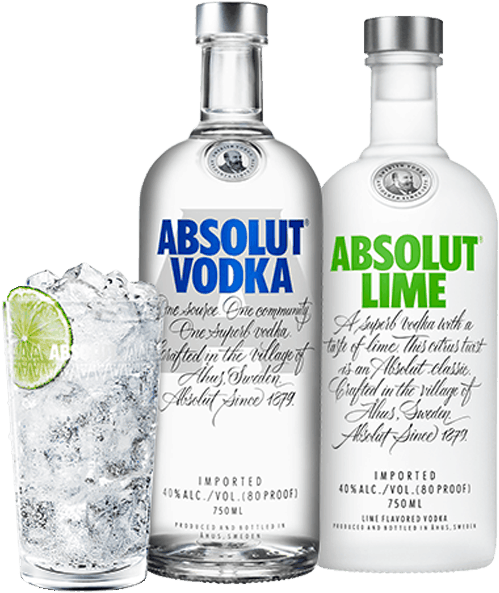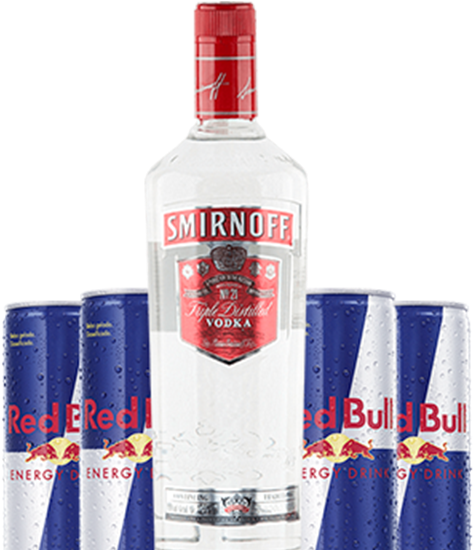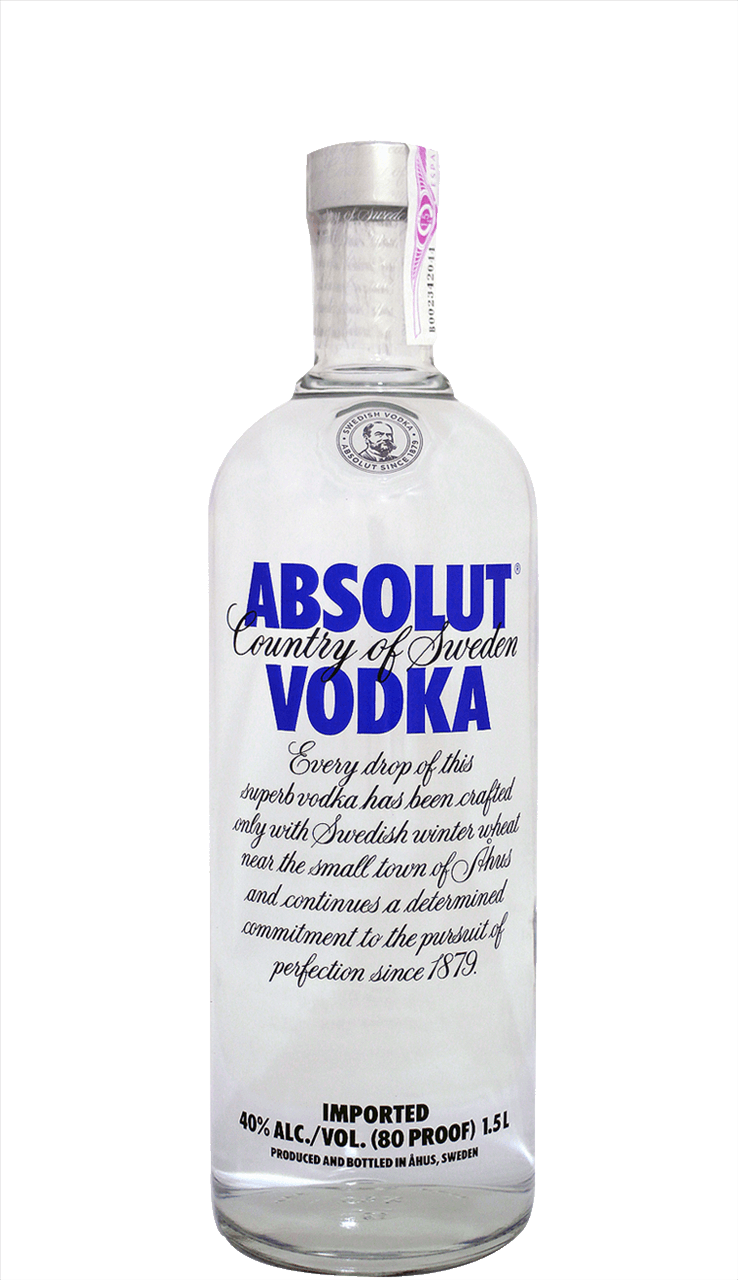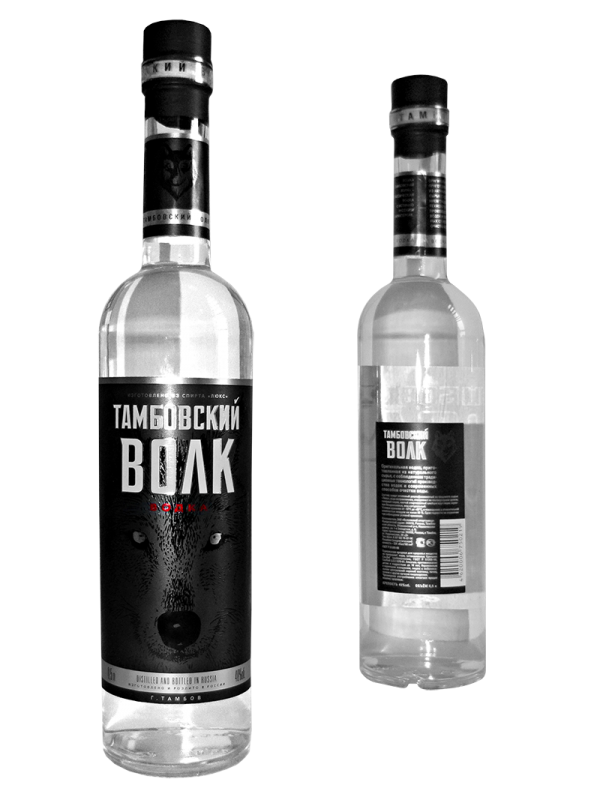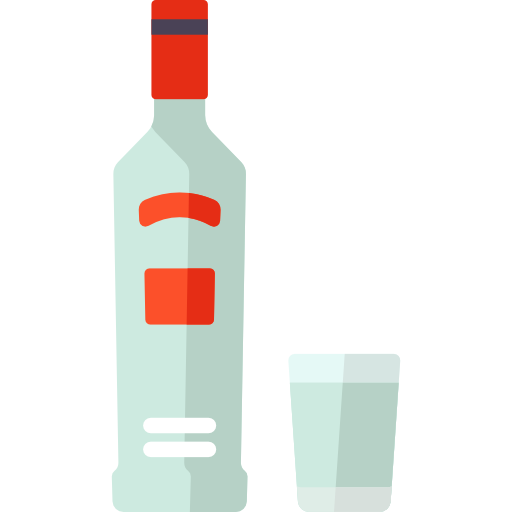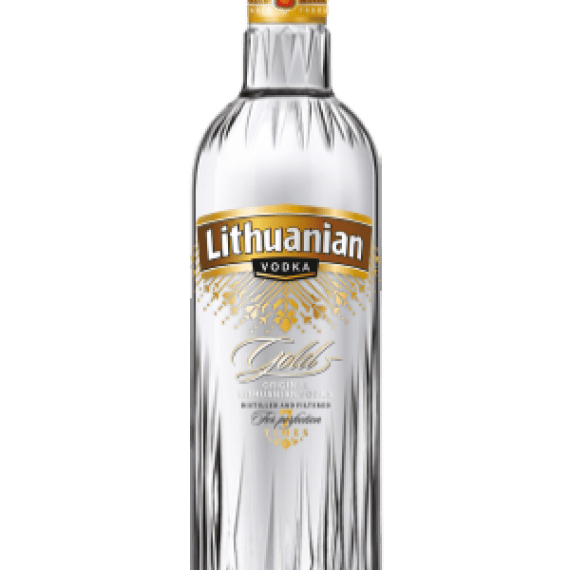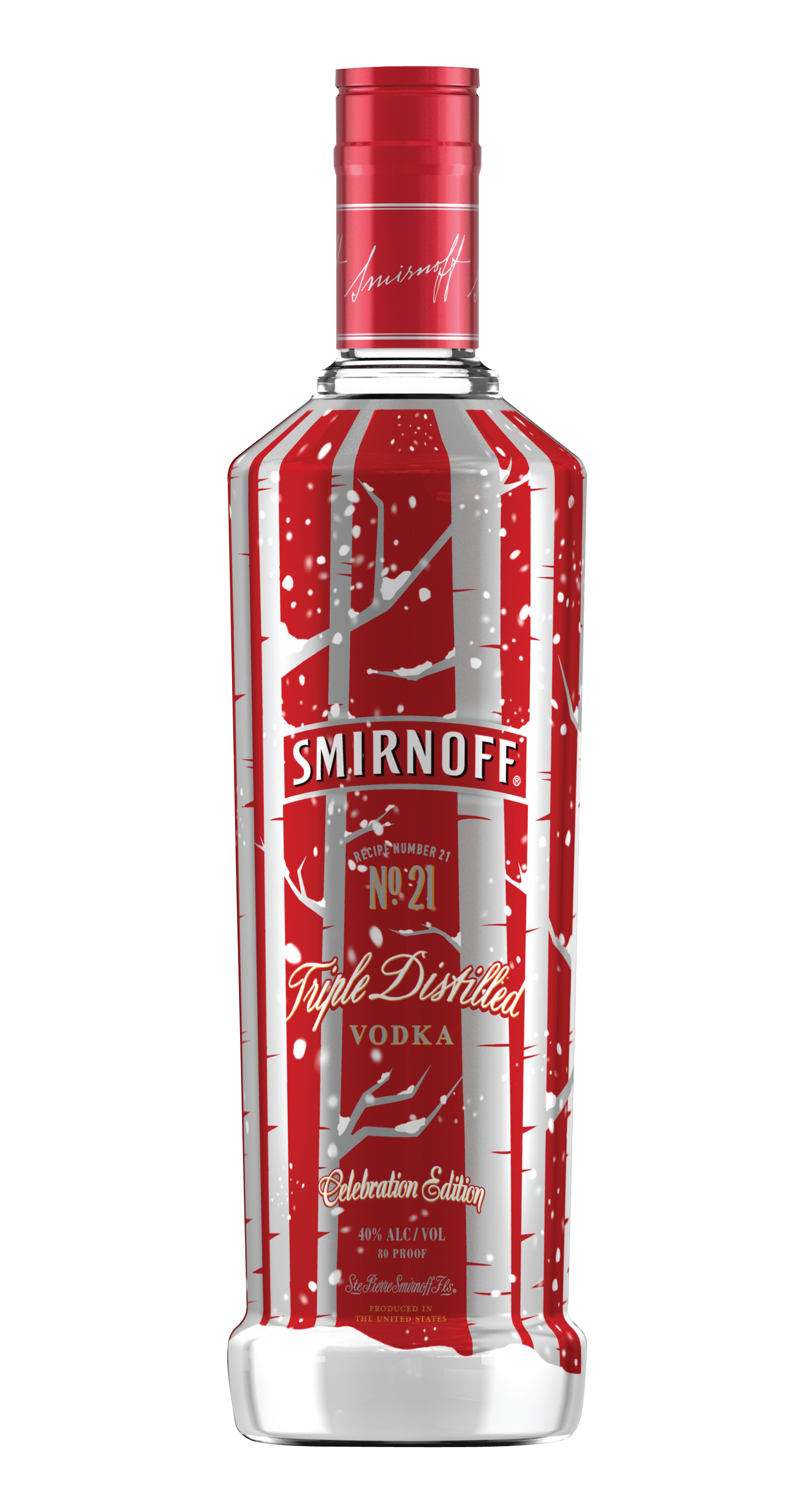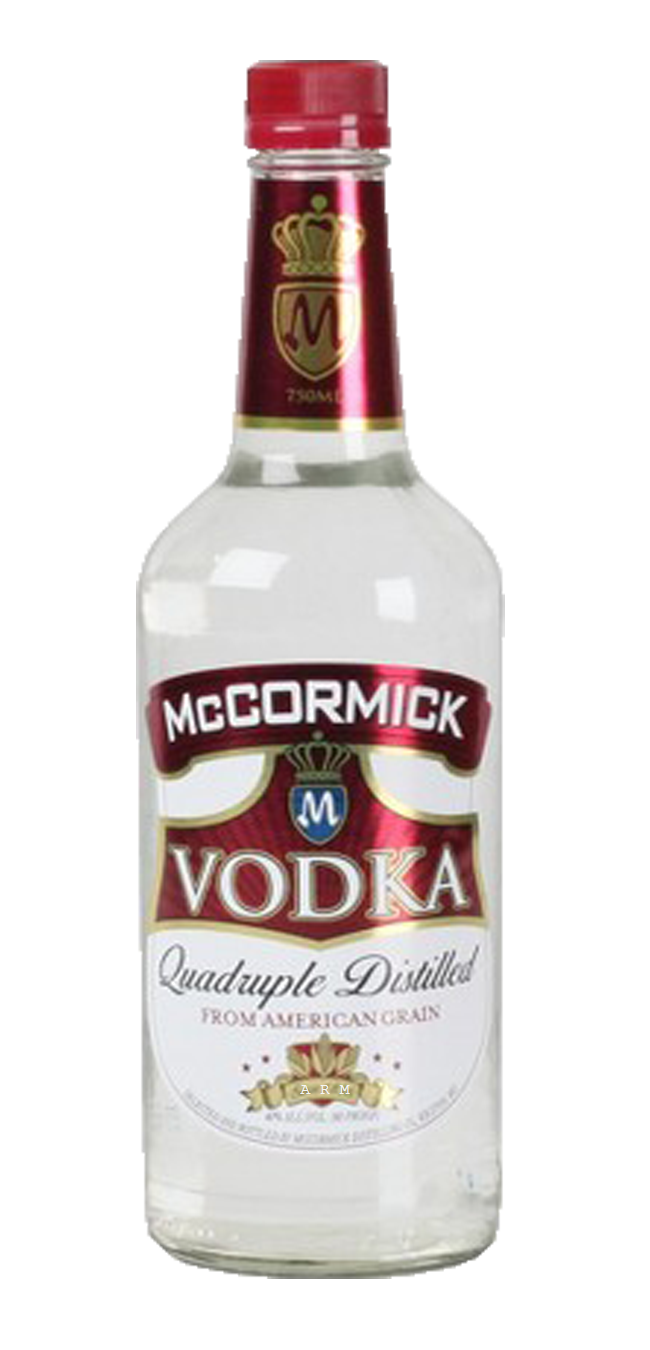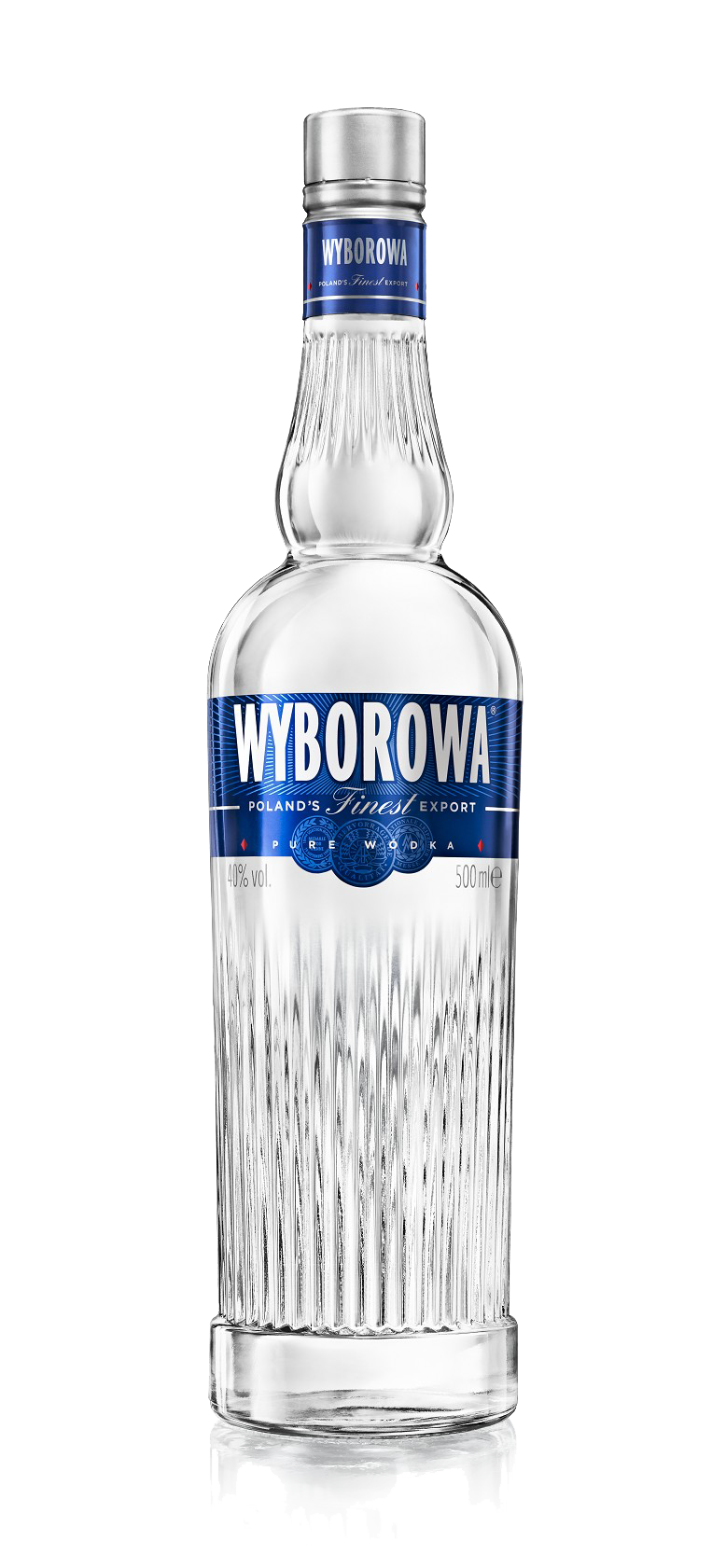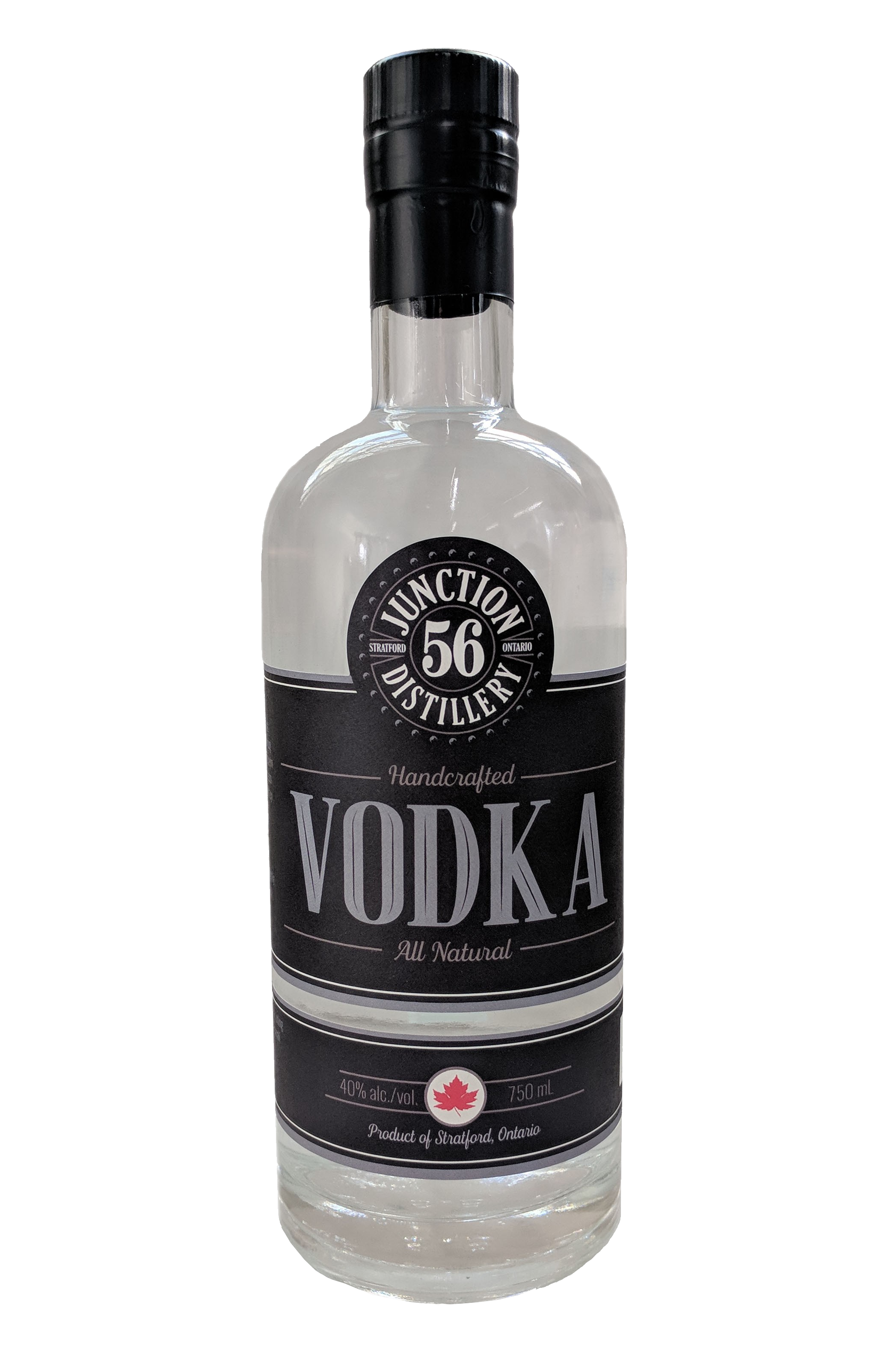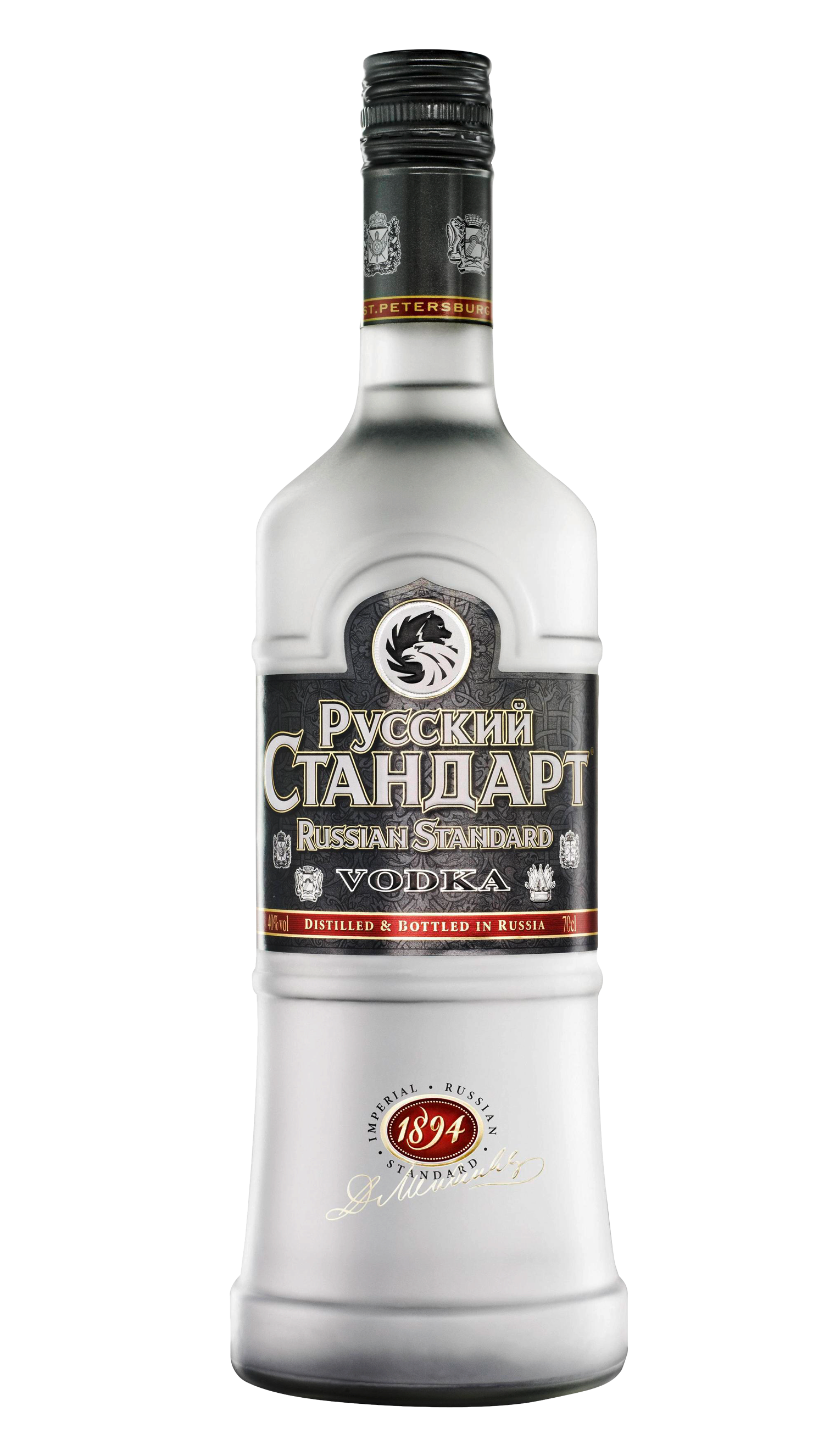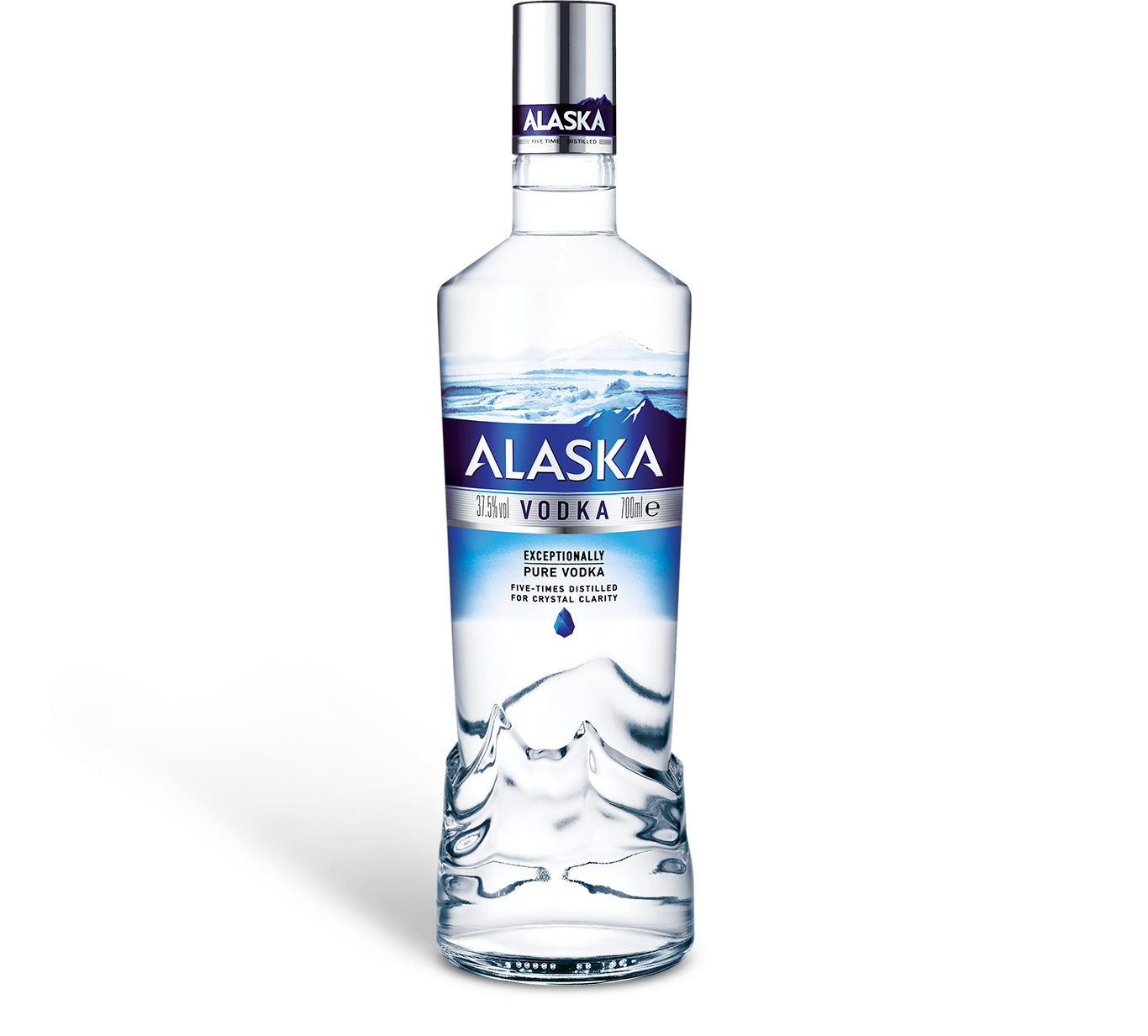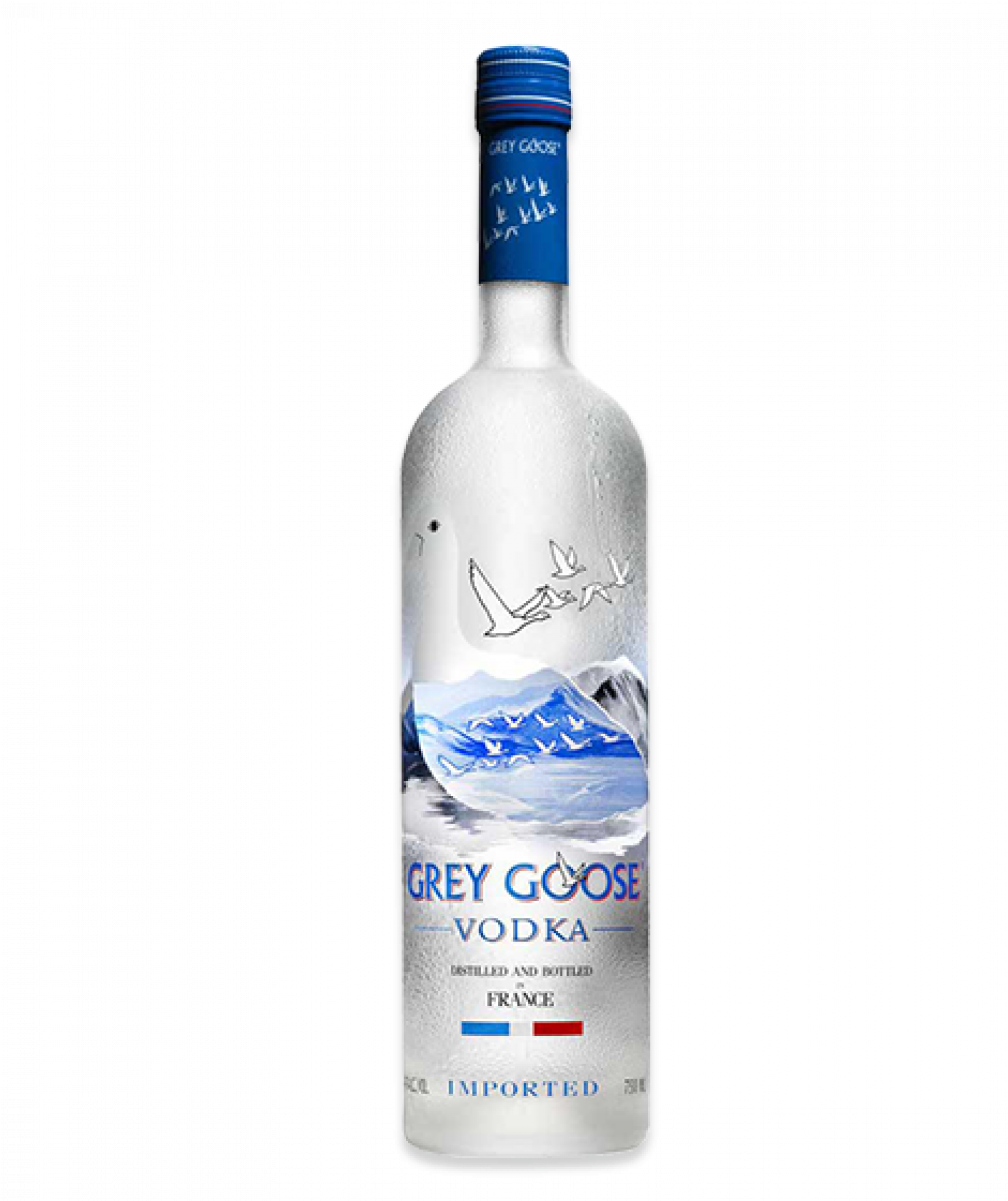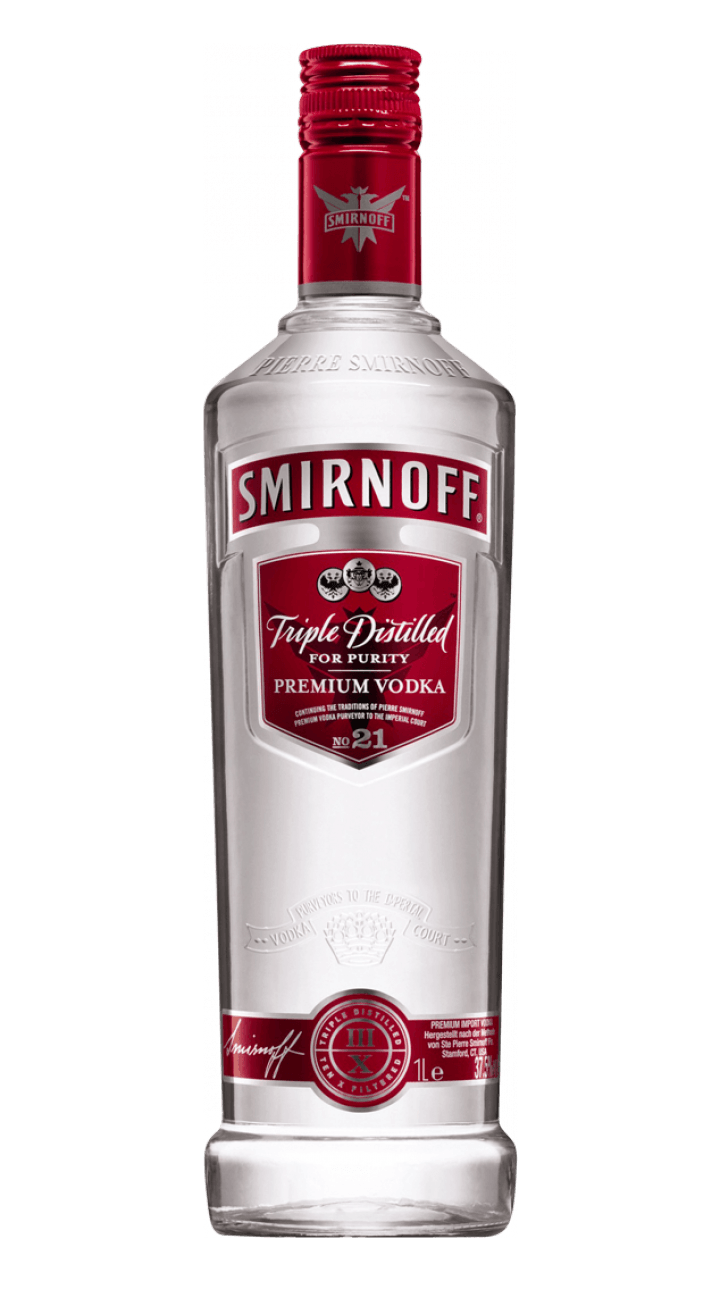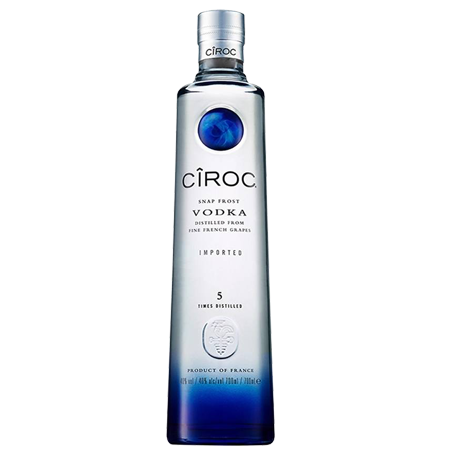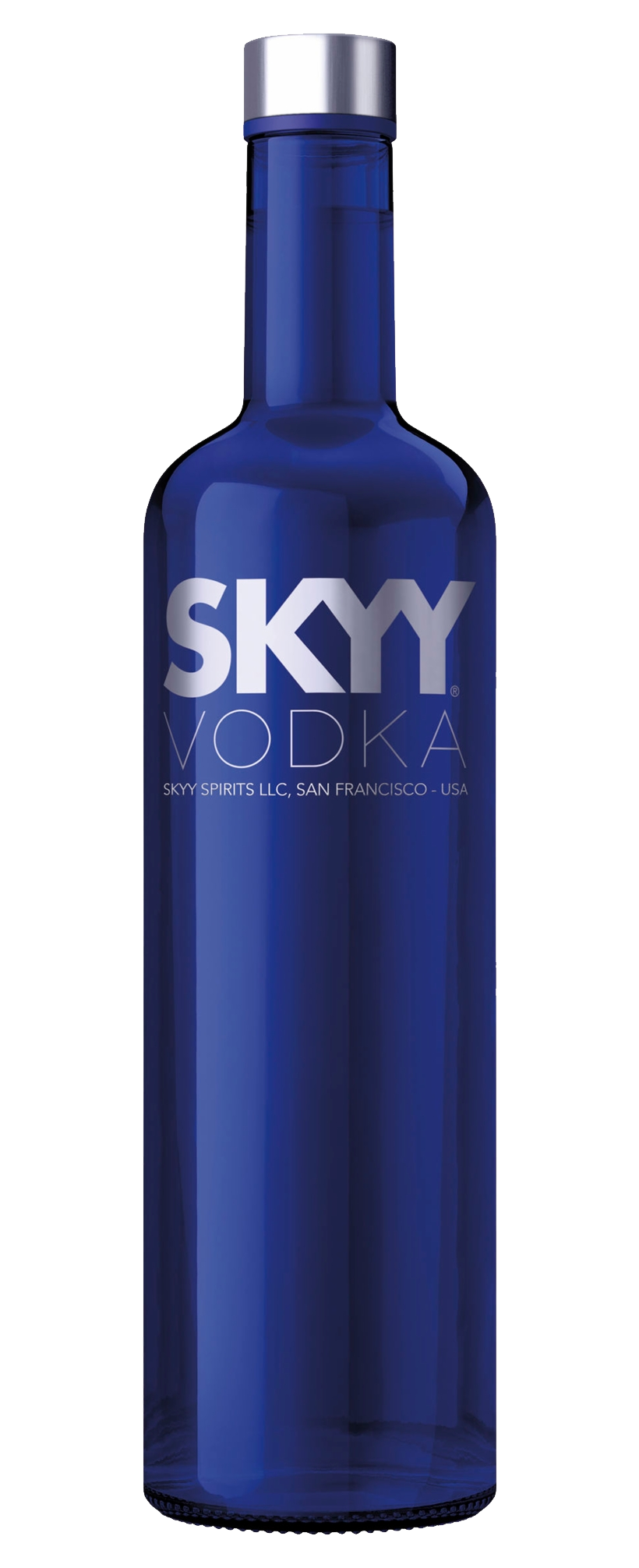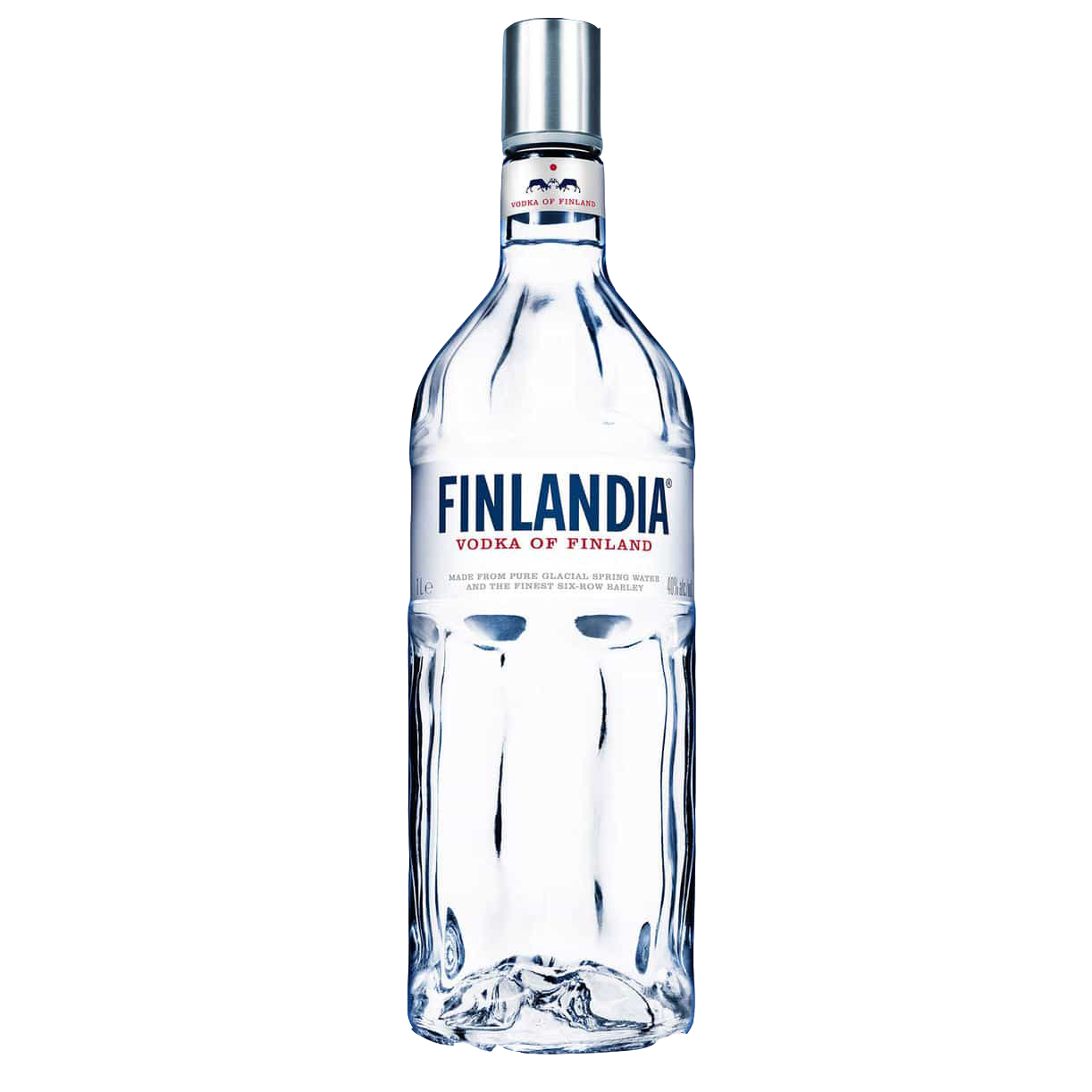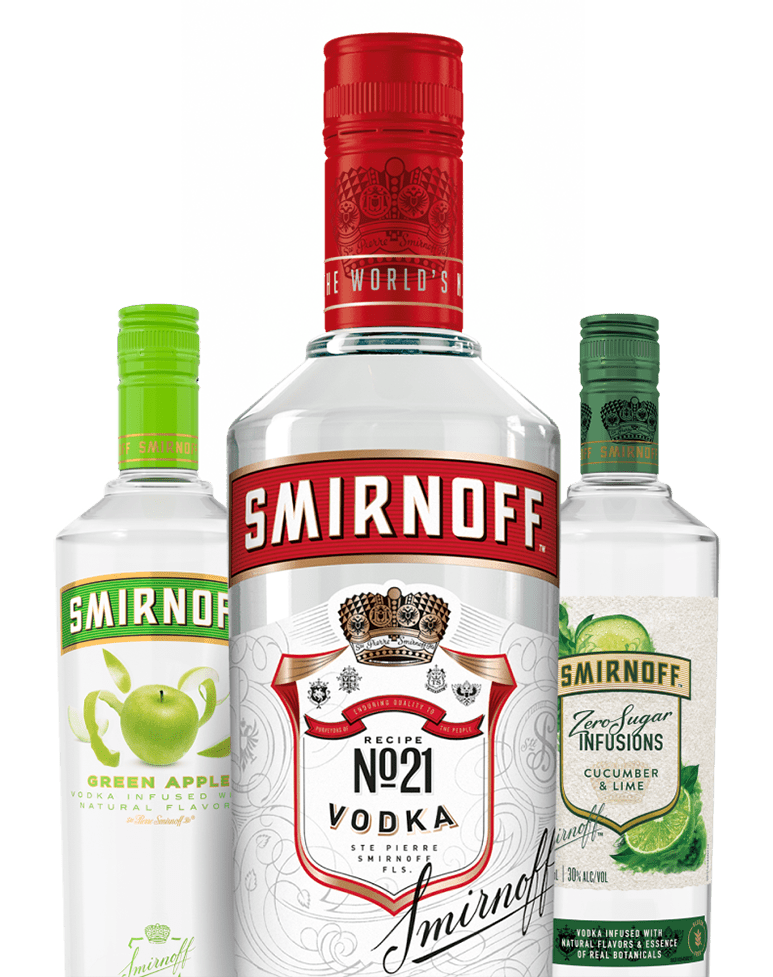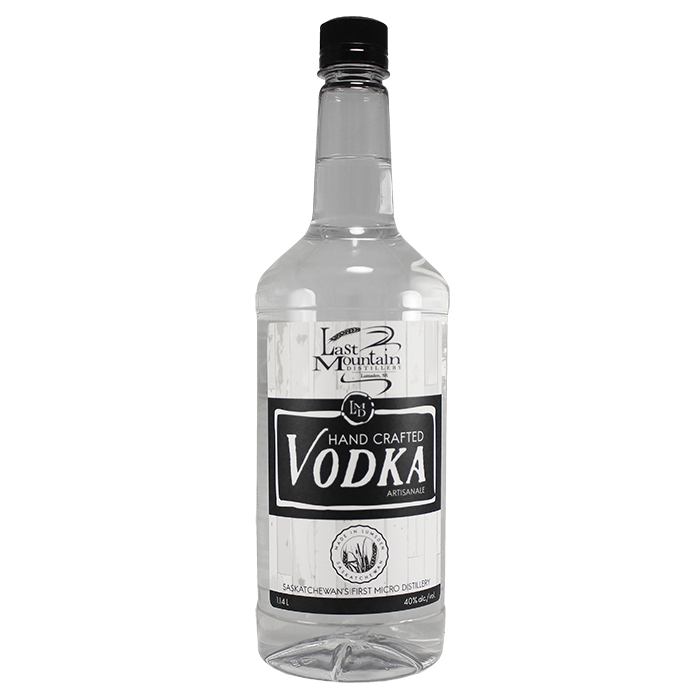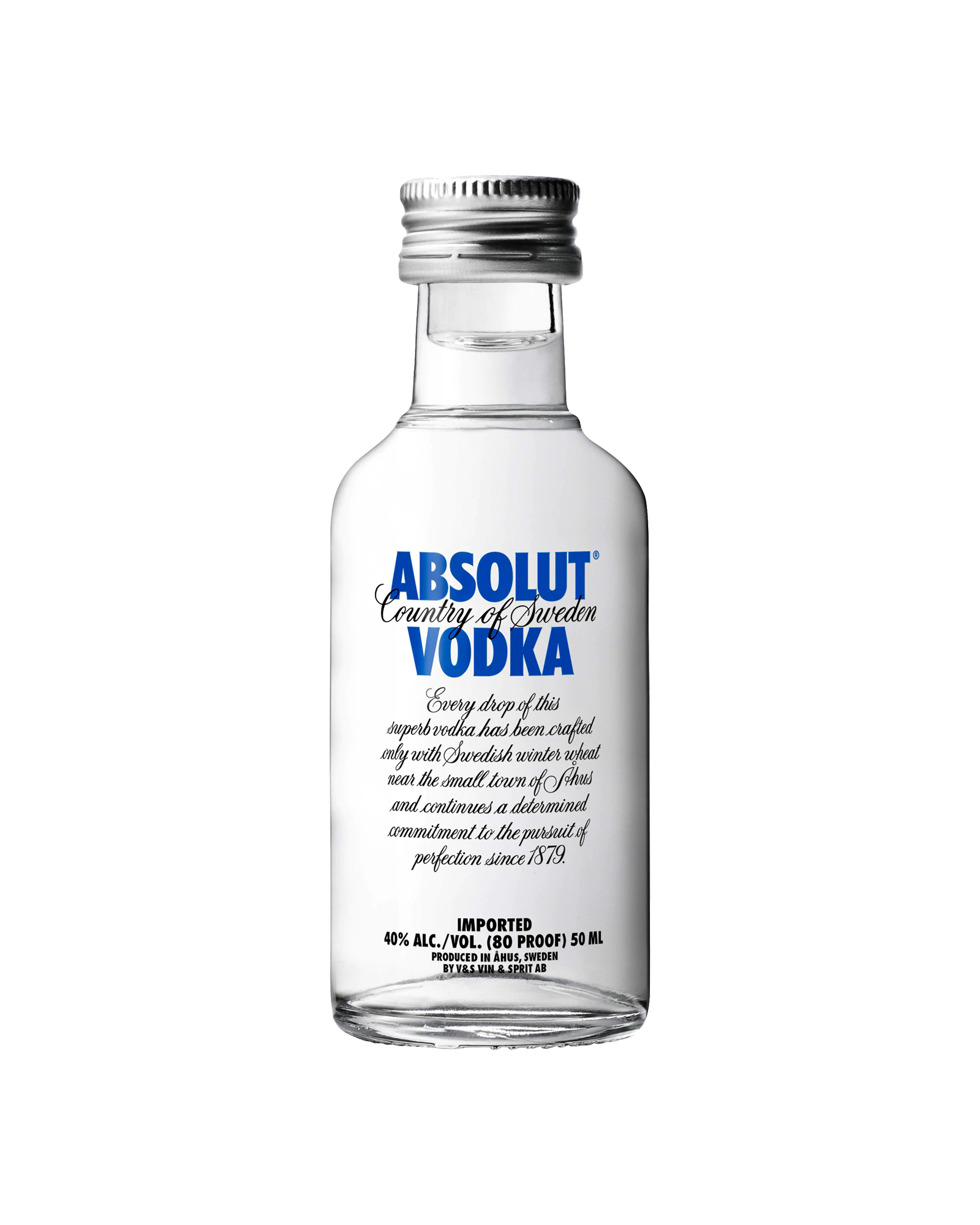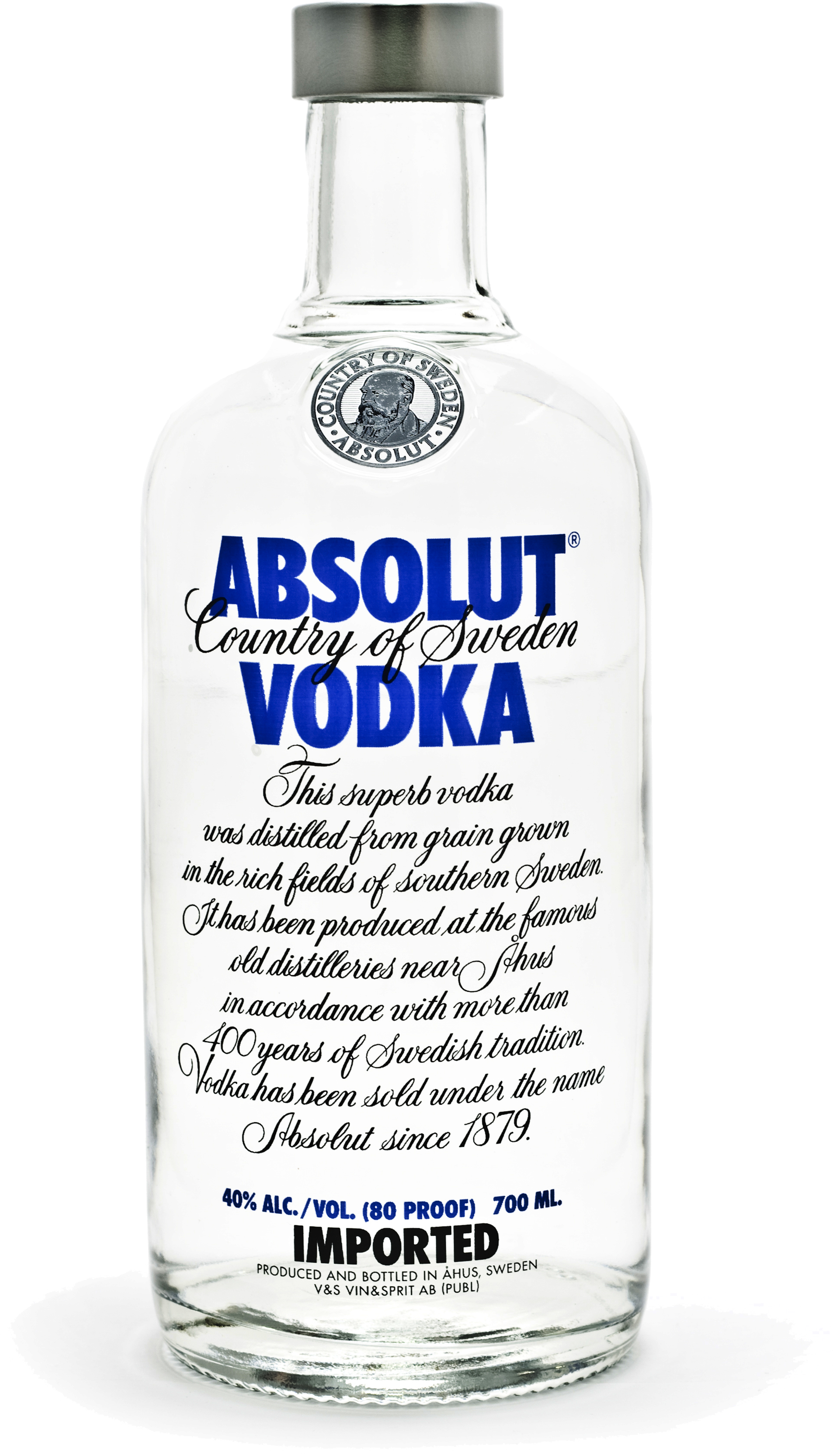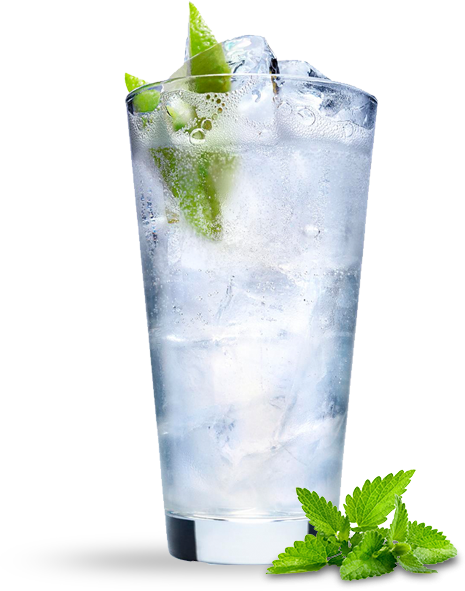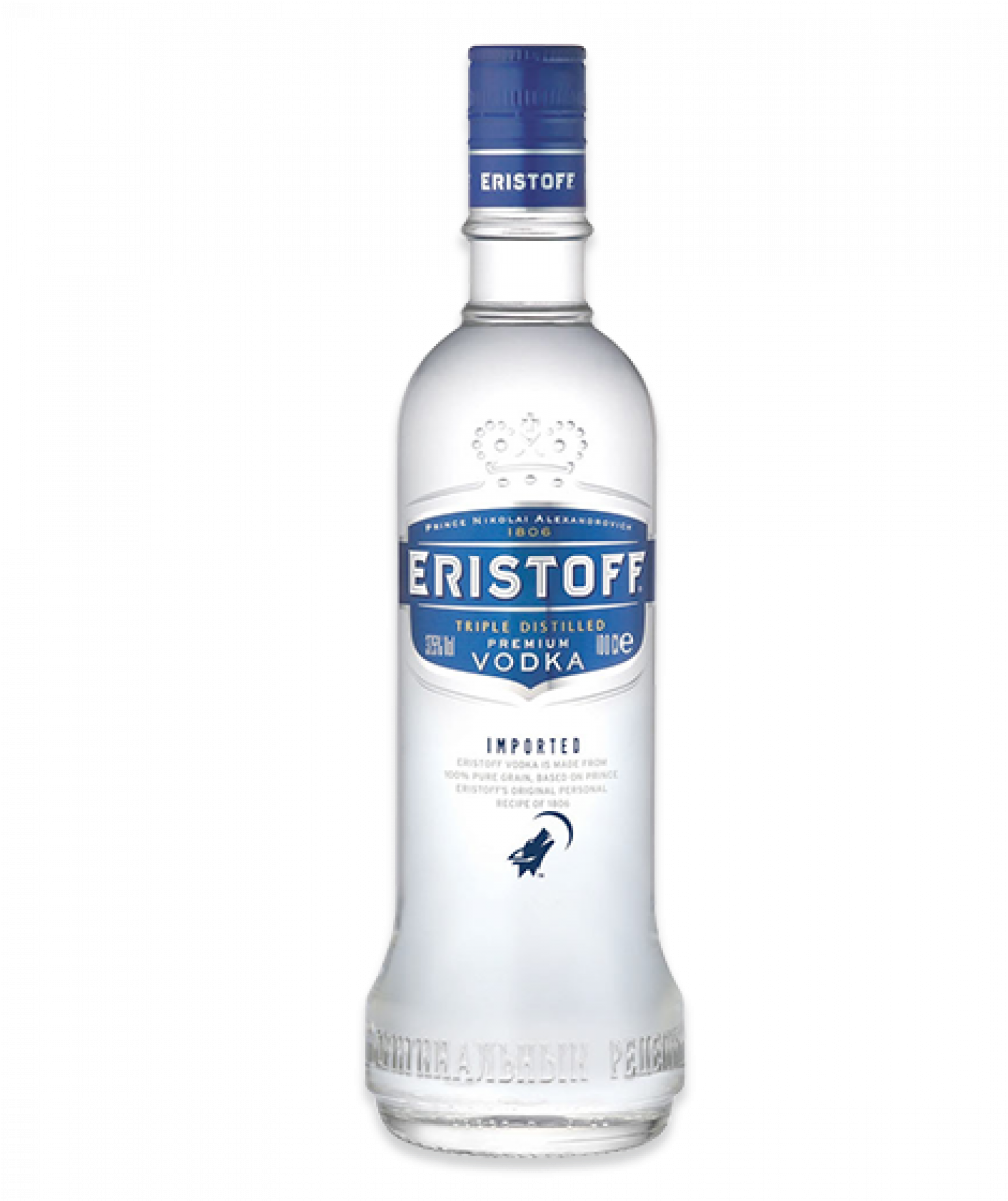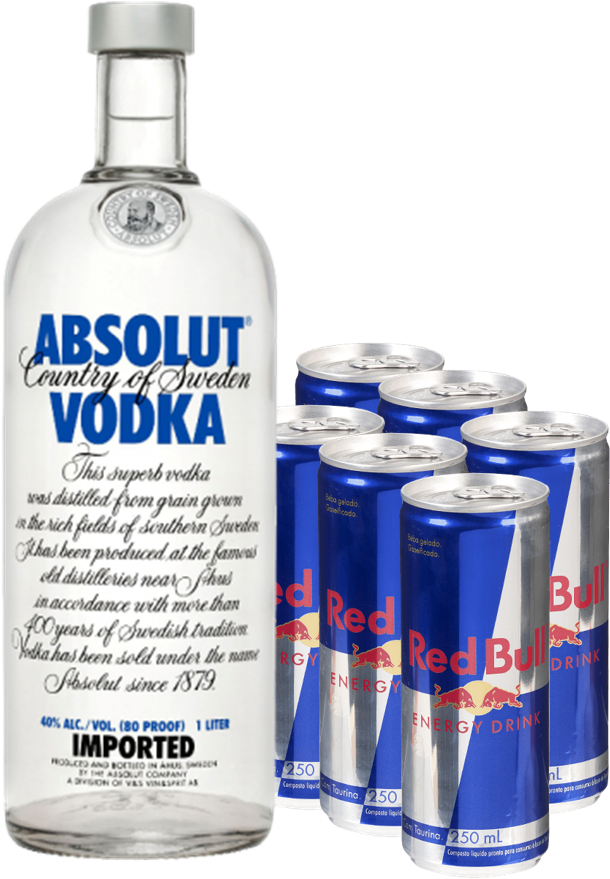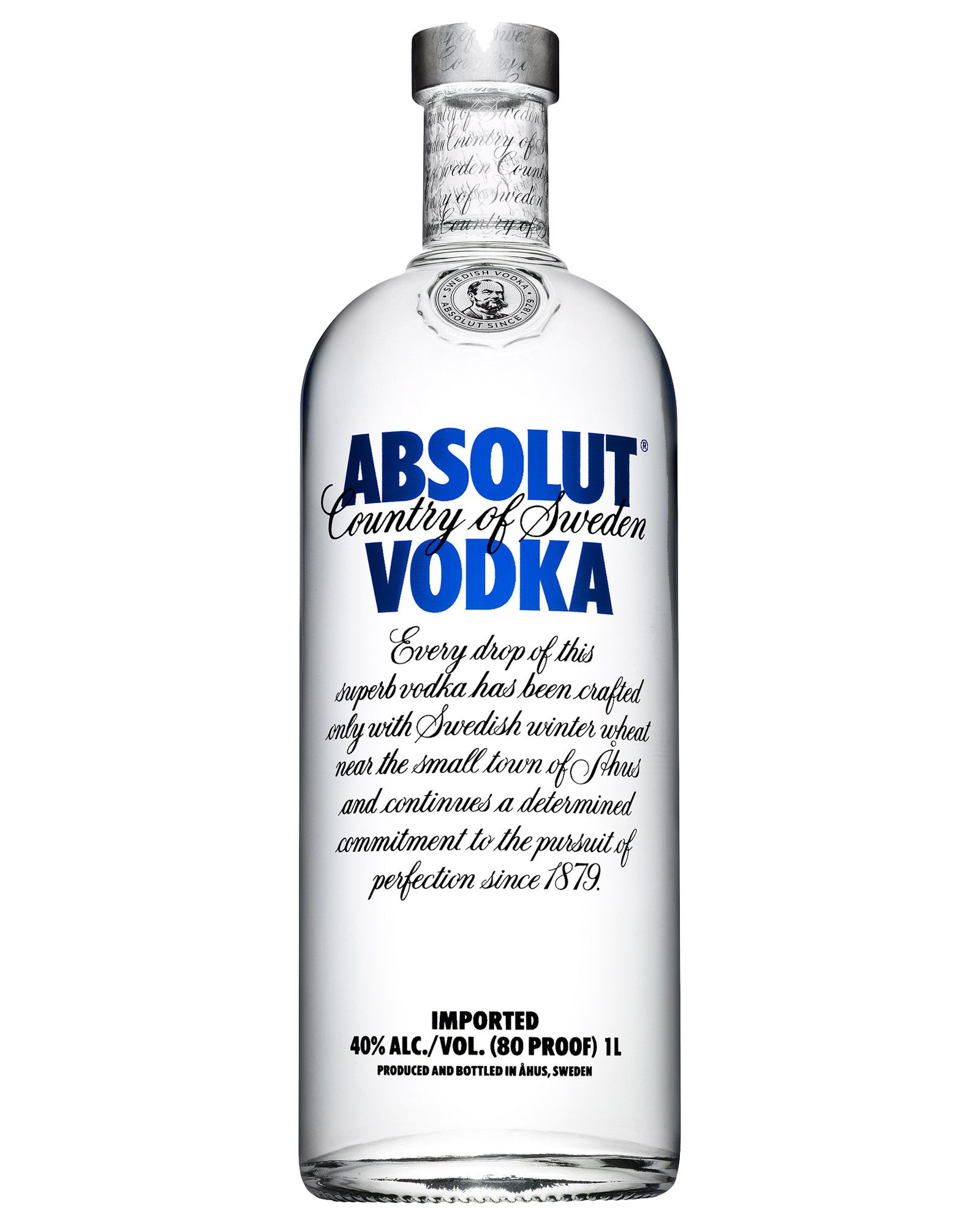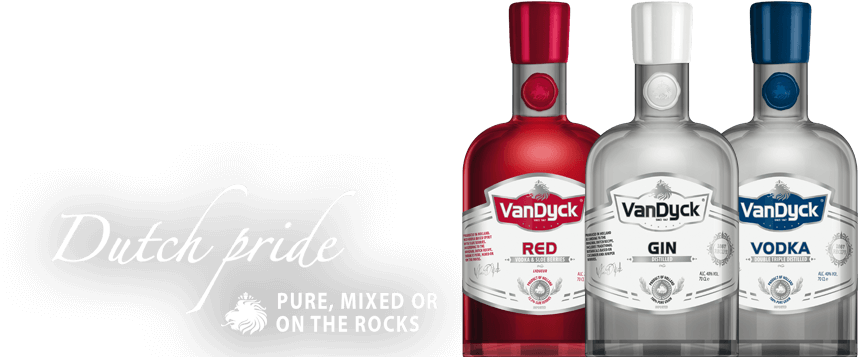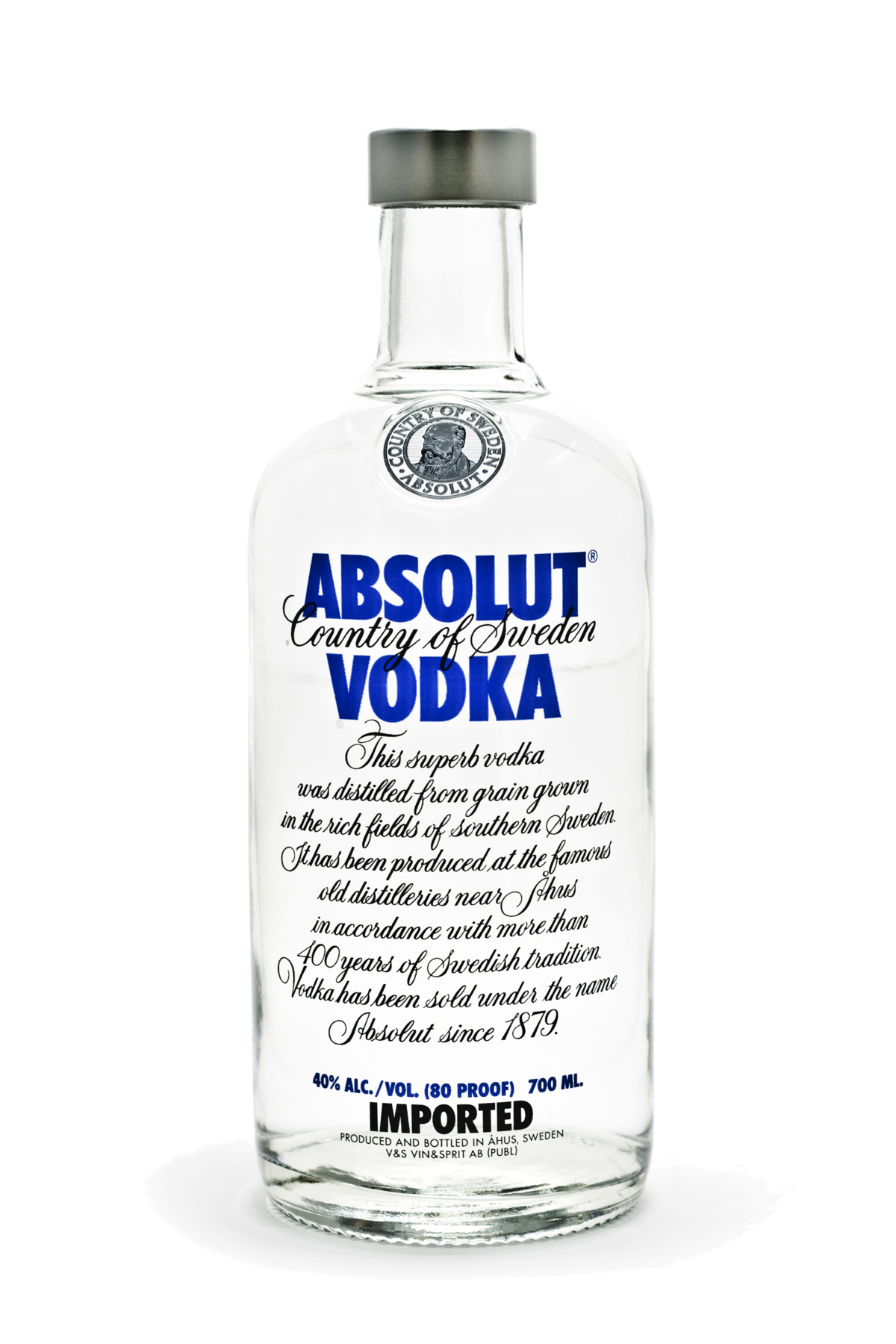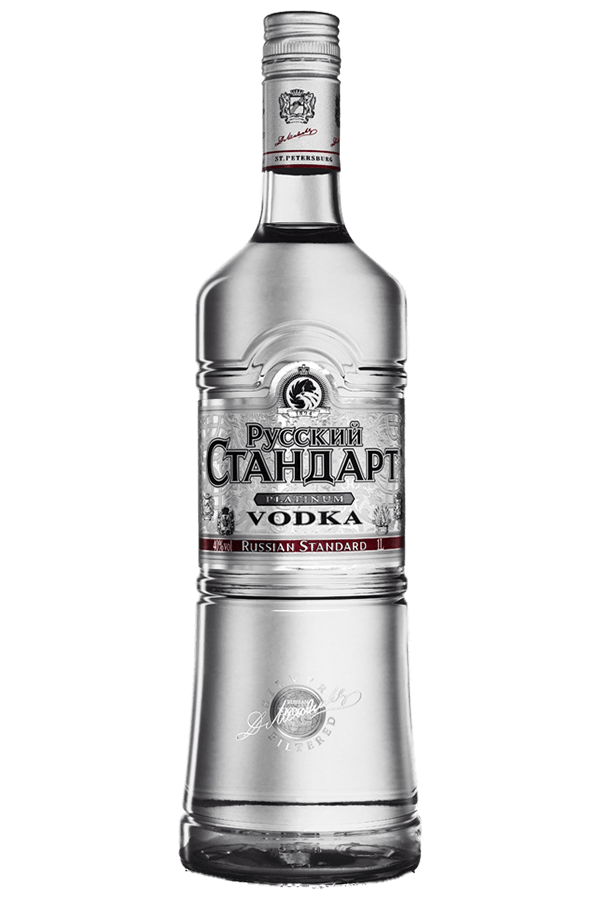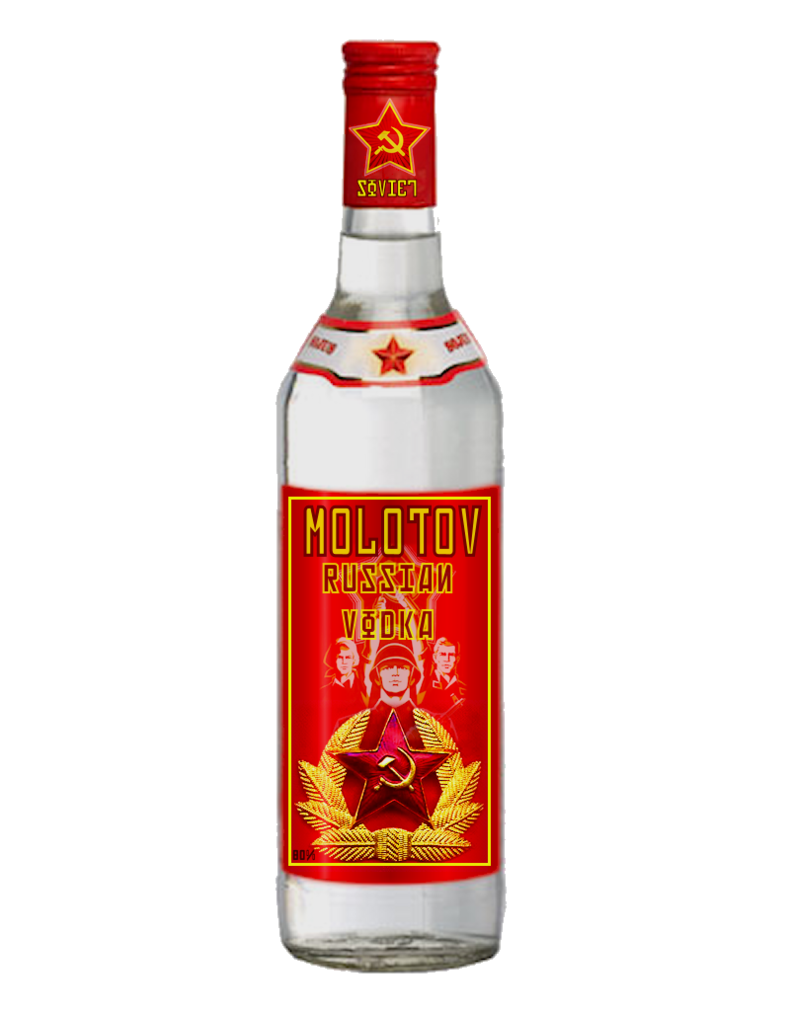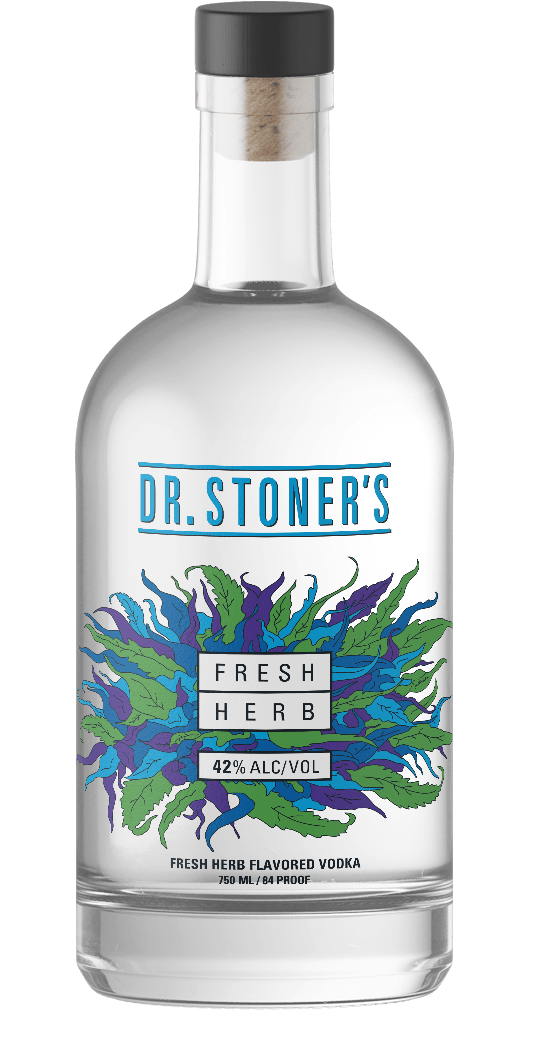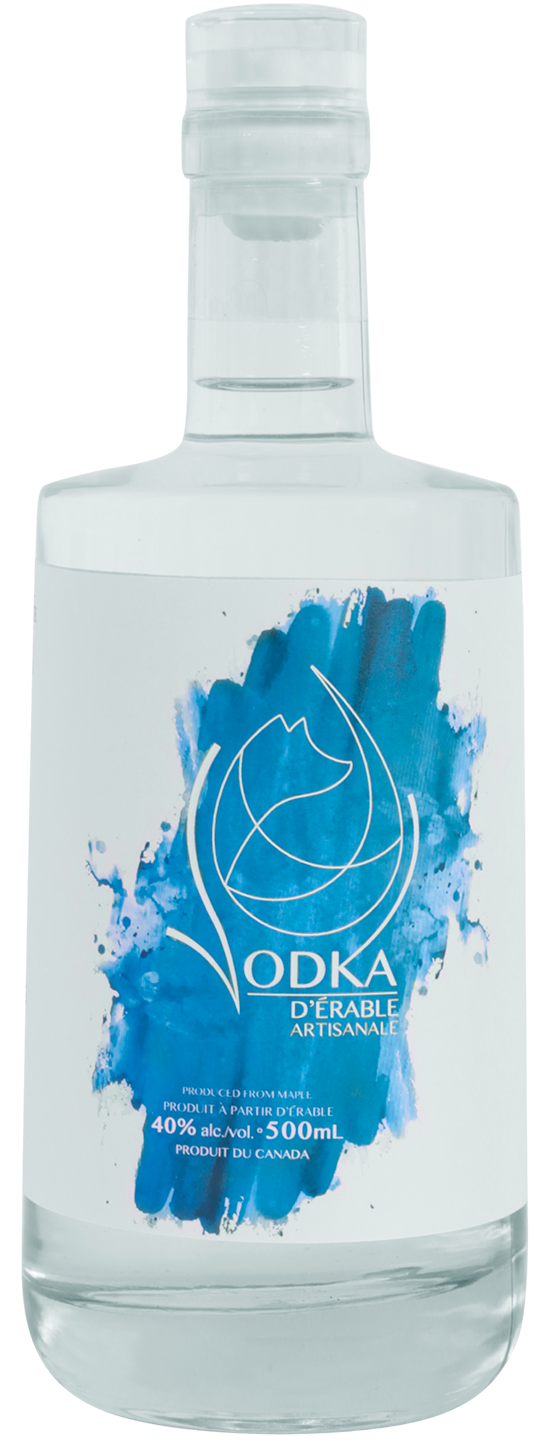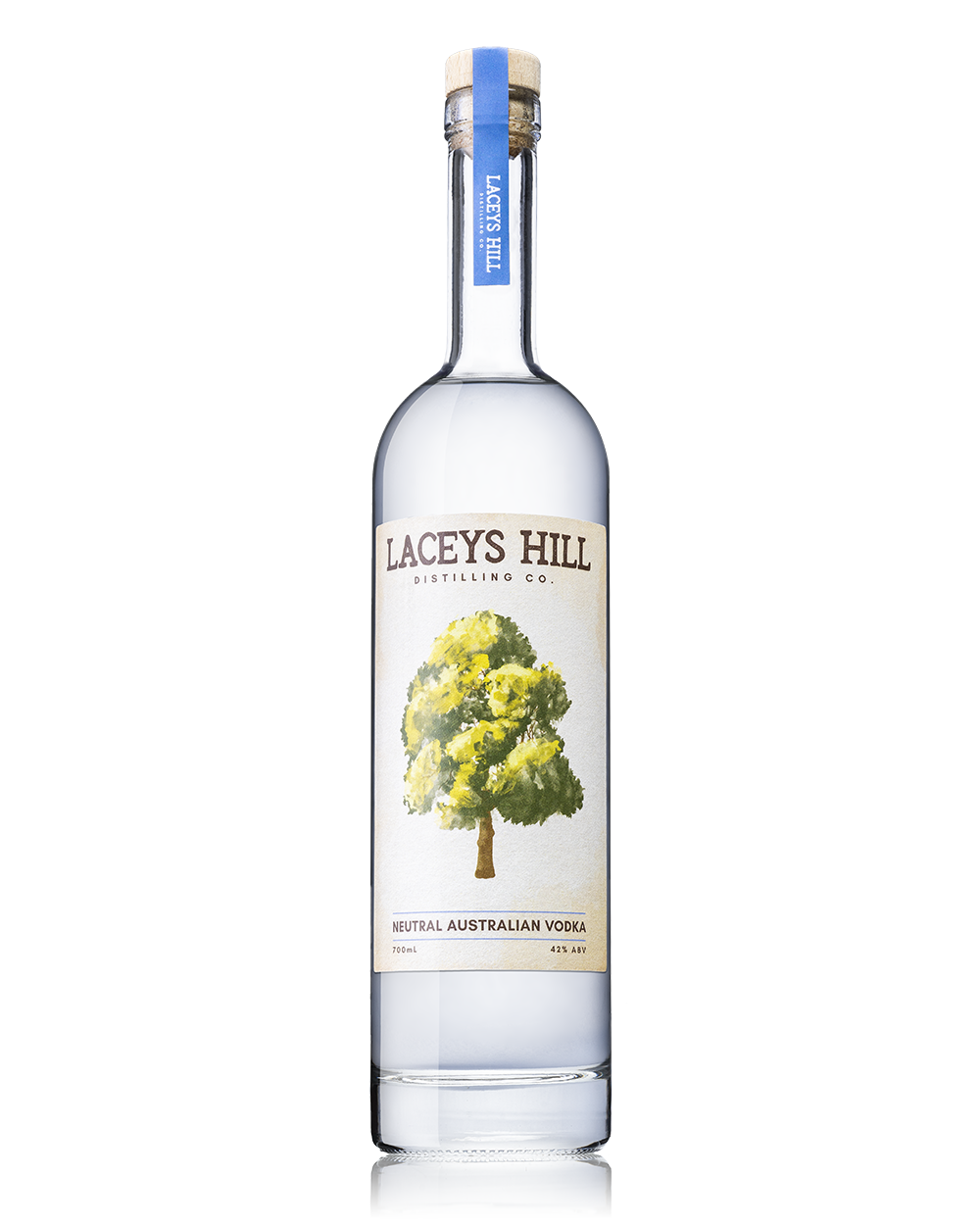Download top and best high-quality free Vodka PNG Transparent Images backgrounds available in various sizes. To view the full PNG size resolution click on any of the below image thumbnail.
License Info: Creative Commons 4.0 BY-NC
Vodka is a transparent distilled alcoholic beverage from Europe. Poland, Russia, and Sweden all have their own variants. Water and ethanol make up the majority of vodka, although it can also include contaminants and flavorings. It is traditionally created by distilling the liquid from fermented cereal grains. More recently, potatoes have been employed, and some current brands use fruits, honey, or maple sap as a foundation.
Standard vodkas have been 40% alcohol by volume (ABV) since the 1890s (80 U.S. proof). The European Union has set a minimum alcohol concentration for vodka of 37.5 percent. In the United States, vodka must have a minimum of 40% alcohol by volume.
In the vodka belt of Belarus, Estonia, Finland, Iceland, Lithuania, Latvia, Norway, Poland, Russia, Sweden, and Ukraine, vodka is historically sipped “neat” (without water, ice, or other mixers), and it is frequently served freezer cooled. The vodka martini, Cosmopolitan, vodka tonic, screwdriver, greyhound, Black or White Russian, Moscow mule, Bloody Mary, and Caesar are just a few of the cocktails and mixed drinks that contain it.
The term vodka comes from the Slavic word voda, which means “small water”: root вoд- (vod-) + -к- (-k-) (diminutive suffix, among other purposes) + -a (ending of feminine gender).
In 1405, the word vodka was first mentioned in Akta Grodzkie, a collection of court papers from Poland’s Palatinate of Sandomierz. Wódka was a term for medicines and cosmetics at the period, while the beverage was known as gorzaka (from the Old Polish gorze, which means “to burn”), which is also the source of Ukrainian horilka (орлка) and Belarusian harelka (арлка). The word vodka originally appears in Cyrillic in 1533, in reference to a medicinal drink brought from Poland to Russia by Kievan Rus’ traders.
Although the term vodka may be found in early texts and lubok pictograms, it was not until the mid-nineteenth century that it began to emerge in Russian dictionaries. It is glossed with Latin vinum adustum in Sámuel Gyarmathi’s Russian-German-Hungarian lexicon, published in 1799. (“burnt wine”).
The word vodka first appears in English literature in the late 18th century. Johann Gottlieb Georgi properly stated “kabak in the Russian language implies a public establishment for the ordinary people to drink vodka (a form of brandy) in” in a book of travels published in English in 1780 (probably a translation from German).
In 1799, William Tooke translated vodka as “rectified corn-spirits,” referring to any grain, not simply maize, in the conventional English definition of the term “corn.” Théophile Gautier interpreted it as a “grain liquor” offered with meals in Poland around 1800 in French (eau-de-vie de grain).
The name of the medieval alcoholic beverage aqua vitae (Latin, meaning “water of life”), which is mirrored in Polish okowita, Ukrainian окови,а, Belarusian акав,а, and Scandinavian akvavit, is another probable relation of vodka with “water.” (It’s worth noting that whiskey comes from the Irish/Scottish Gaelic uisce beatha/uisge-beatha.)
People in the area where vodka is said to have originated have given it names with origins that signify “to burn”: Polish: gorzaa; Ukrainian: орлка, romanized: horlka; Belarusian: арлка, romanized: harelka; Lithuanian: degtin; Samogitian: degtn; Latvian: degvns; Finnish: paloviina оре вино or орее вино (goryashchee vino, “fire wine” or “hot wine”) was a popular term in Russian throughout the 17th and 18th centuries. German Branntwein, Danish Brndevin, Dutch: brandewijn, Swedish: brännvin, and Norwegian: brennevin are some of the other languages (although the latter terms refer to any strong alcoholic beverage).
Download Vodka PNG images transparent gallery.
- Vodka Bottle Background PNG
Resolution: 499 × 593
Size: 181 KB
Image Format: .png
Download
- Vodka Bottle PNG
Resolution: 473 × 550
Size: 396 KB
Image Format: .png
Download
- Vodka Bottle PNG Pic
Resolution: 738 × 1280
Size: 231 KB
Image Format: .png
Download
- Vodka PNG Image HD
Resolution: 600 × 800
Size: 202 KB
Image Format: .png
Download
- Vodka Bottle PNG File
Resolution: 512 × 512
Size: 13 KB
Image Format: .png
Download
- Vodka No Background
Resolution: 570 × 570
Size: 62 KB
Image Format: .png
Download
- Vodka Bottle PNG Image
Resolution: 1600 × 3075
Size: 1458 KB
Image Format: .png
Download
- Vodka Bottle PNG Photo
Resolution: 650 × 1350
Size: 746 KB
Image Format: .png
Download
- Vodka PNG Images HD
Resolution: 778 × 1681
Size: 578 KB
Image Format: .png
Download
- Vodka PNG Free Image
Resolution: 2094 × 3174
Size: 2319 KB
Image Format: .png
Download
- Vodka PNG
Resolution: 1500 × 2650
Size: 1972 KB
Image Format: .png
Download
- Vodka PNG Pic
Resolution: 1366 × 1233
Size: 586 KB
Image Format: .png
Download
- Vodka Bottle PNG Cutout
Resolution: 1008 × 1201
Size: 523 KB
Image Format: .png
Download
- Vodka Bottle PNG Images
Resolution: 720 × 1306
Size: 250 KB
Image Format: .png
Download
- Vodka PNG File
Resolution: 450 × 450
Size: 72 KB
Image Format: .png
Download
- Vodka PNG Image
Resolution: 820 × 2011
Size: 475 KB
Image Format: .png
Download
- Vodka PNG Photo
Resolution: 645 × 2256
Size: 637 KB
Image Format: .png
Download
- Vodka PNG Cutout
Resolution: 1222 × 1222
Size: 322 KB
Image Format: .png
Download
- Vodka PNG Images
Resolution: 773 × 977
Size: 231 KB
Image Format: .png
Download
- Vodka Bottle PNG Photos
Resolution: 700 × 700
Size: 209 KB
Image Format: .png
Download
- Vodka PNG Photos
Resolution: 512 × 512
Size: 9 KB
Image Format: .png
Download
- Vodka Bottle Transparent
Resolution: 1600 × 2000
Size: 112 KB
Image Format: .webp
Download
- Vodka Bottle PNG Clipart
Resolution: 700 × 2202
Size: 95 KB
Image Format: .png
Download
- Vodka Bottle
Resolution: 1850 × 3235
Size: 3931 KB
Image Format: .png
Download
- Vodka Bottle PNG Picture
Resolution: 465 × 591
Size: 261 KB
Image Format: .png
Download
- Vodka Bottle PNG HD Image
Resolution: 1008 × 1201
Size: 507 KB
Image Format: .png
Download
- Vodka Bottle PNG Image HD
Resolution: 610 × 879
Size: 710 KB
Image Format: .png
Download
- Vodka
Resolution: 1600 × 2000
Size: 1298 KB
Image Format: .png
Download
- Vodka Bottle No Background
Resolution: 858 × 357
Size: 92 KB
Image Format: .png
Download
- Vodka Transparent
Resolution: 600 × 2000
Size: 1016 KB
Image Format: .png
Download
- Vodka Bottle PNG Images HD
Resolution: 1200 × 1800
Size: 929 KB
Image Format: .png
Download
- Vodka Bottle PNG Free Image
Resolution: 600 × 900
Size: 118 KB
Image Format: .png
Download
- Vodka Bottle PNG Image File
Resolution: 790 × 1011
Size: 250 KB
Image Format: .png
Download
- Vodka PNG Clipart
Resolution: 534 × 1054
Size: 106 KB
Image Format: .png
Download
- Vodka PNG Picture
Resolution: 554 × 1443
Size: 590 KB
Image Format: .png
Download
- Vodka PNG HD Image
Resolution: 1000 × 1250
Size: 466 KB
Image Format: .png
Download
